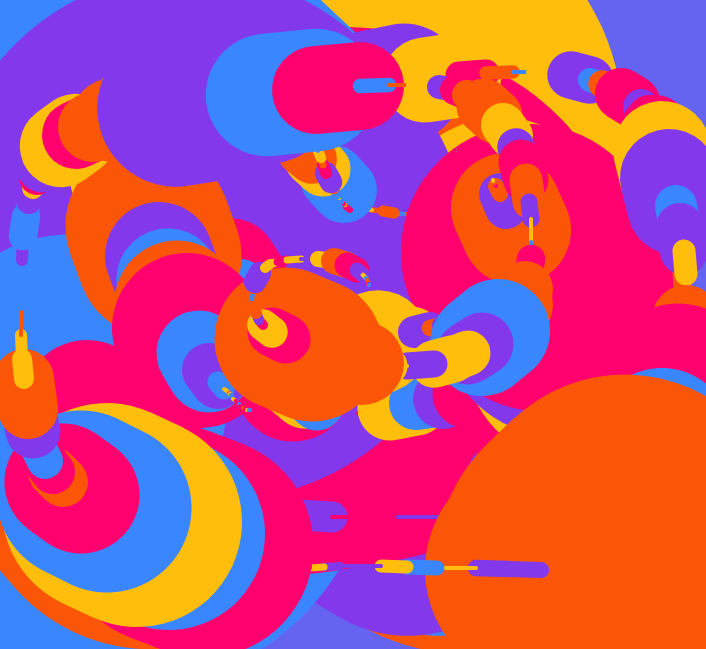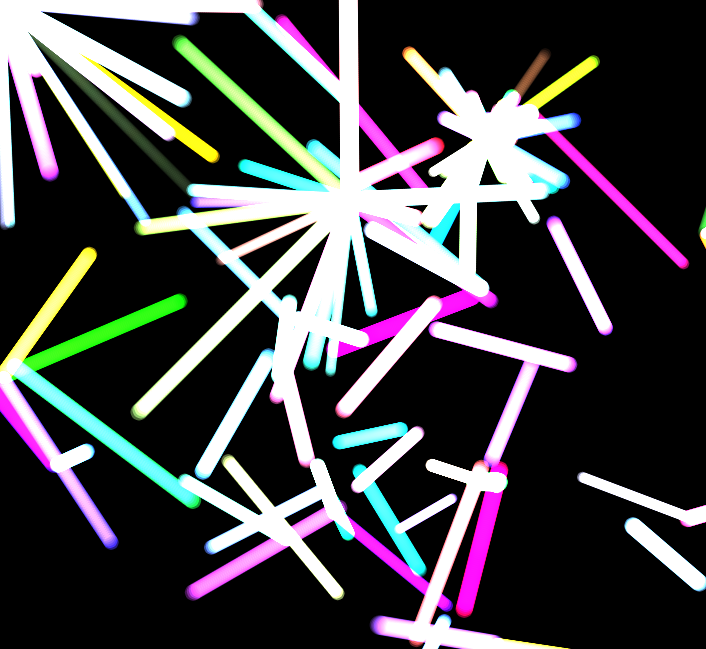Week 5: Experimenting with P5.js
The exisiting challenges I am facing is that the fact that I lack the focus on trying to one single idea
and working on generating a code. I spend a lot of the time on the internet looking at inspiration of
work i wish to produce but I never get started on them due to the lack of discipline.
Since I am still starting out on this one useful way I feel works in aiding my learning for P5.js is to
consult chat gpt and at the same time refer to the P5.js reference, My prompts given to chatgpt is
usually after i request for a code to be generated. I'll highlight different sections of the code and
ask back chat gpt, 'what does this mean?'. I am not sure if this is the most ideal way but it works out
for me. Another resource I look for is the training code on youtube, which takes me awhile to process
becasue the videos are usually long.
-

My other experiment with P5js With the help of chat gpt and P5js References
Finding my Readings and Book Inspiration
Andreas presented me with a task aimed at propelling my creative progress, instructing me to watch a
video by DIA.STUDIO. This video proved to be a wellspring of inspiration, particularly in the realm of
creative expression. DIA.STUDIO's insights, especially on static, animated, and interactive
typography,
sparked a newfound enthusiasm within me to delve into the world of dynamic visual communication.
In the video, the discourse on static typography illuminated the power of design in conveying a
message
with visual precision and clarity. The exploration of animated typography showcased the ability to
infuse life and vibrancy into static elements, transforming them into dynamic and engaging visual
narratives. The concept of interactive typography, as discussed, underscored the potential for
audience
engagement and participation, breaking traditional boundaries and fostering a more immersive viewer
experience.
Link to
Video!


To be certain, my 3 pillars are interactive, generative typography and textures Setting out
on these 3
keywords, I nosedived into the library as well as the online scholary resources to get more readings
and knowledge on what the focus of my research is on. Another issue I faced was trying to source for
case studies on textures. As it futher leads me into keywords such as sensory, food textures and
materials. Which is all so fascinating but delves into the scientific aspects which kind of slowed
down my attention span
Some experiements I explored from exisiting code that Andreas have created and how I used his code
to manipulate.
1. Existing Code
2. Manipulated Code
3. Code Created by Myself
4. AI
generated Code
The next steps I should consider is how can I utilise whatever code I have
generated so far and present it in a way where it tells a short story on how I got the results. Is it
a combination of manipulated and found code? There are many narratives that I can come up with once I
start to curate the codes I have worked on.
Next Consult + Reflection
I need to locate further literature and case studies on my chosen pillars. I went to the school library to speed up the process of filtering and physically browsing the content. I believe it was my first visit to the school library. In addition to acquiring content for my dissertation, I actively seek out books with visually appealing layouts and text/images. Andreas also brought in some design books of his own and shared with the class. I observed the layout and presentation of content which can be considered for my future work. I felt more drawn to those with more colourful visuals and patterns. The books were interesting and insightful and serves as great inspiration for my future work as I progress in this semester.







